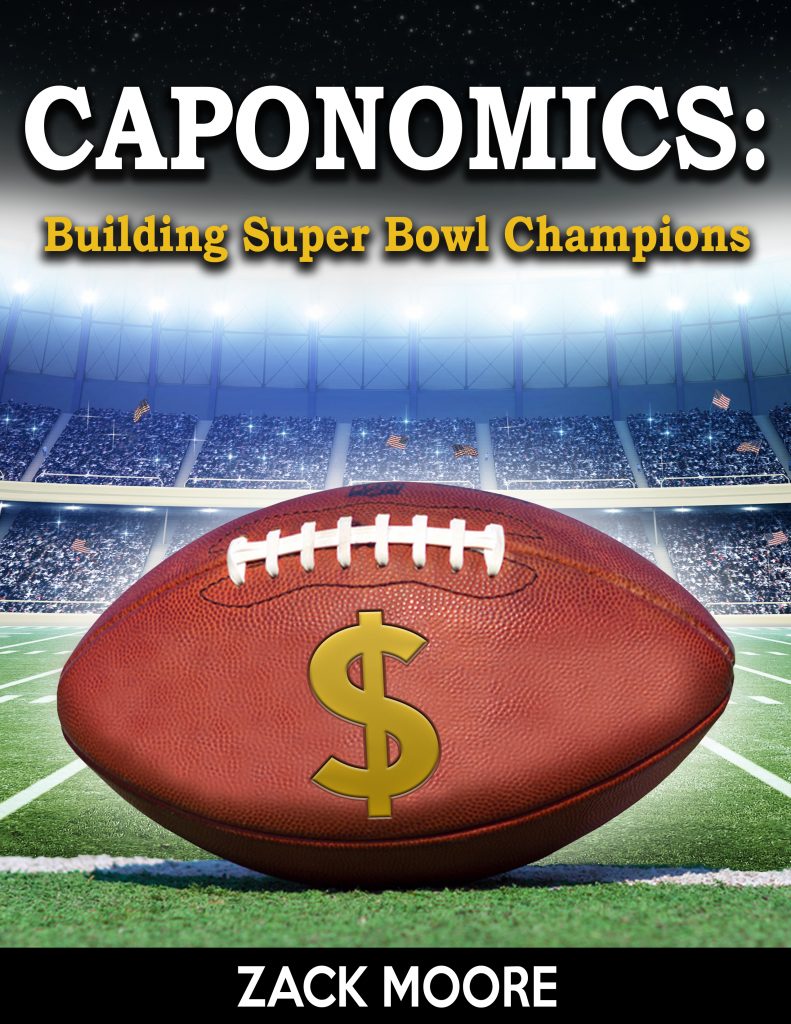Over the course of the 2018 and 2019 seasons, kickers combined to make 94.1% of extra point attempts, meaning the Expected Points Added (EPA) for that play is 0.941.
During those same two seasons, the NFL’s two-point conversion rate was 49.4%, which is an EPA of 0.988.
With that data, we now know that two-point conversions have a higher EPA than extra points. The 2018 season was probably for the first time in NFL history that has been true as a consequence of the 2015 rule change that moved extra points from 20-yard attempts to 33-yard attempts.
NFL decision makers must understand their offense’s ability to convert two-point conversions and their kickers ability to do the same for one-pointers as a means for understanding how this applies to their team.
Generally speaking though, the data now tells us that going for two is more beneficial for going for one. How much so? And in how many cases? Well…
According to Pro Football Reference, during the 2019 season all but four kickers were under the EPA of a two-point conversion. Twelve kickers were below the league average, so 12 kickers were well below the league’s average EPA, which is well below the EPA of two-point conversions. Meaning: they really should’ve considered attempting more two-point conversions.
Adam Vinatieri missed six PATs in 12 games this season and was clearly not himself from the start of the year. The Colts attempted three two-point conversions. None of them were outside of late game situations where the analytics said they should do it from a points needed perspective. So they used analytics right in that aspect, just not fully.
Ka’imi Fairbairn missed five PATs for the Texans. The third-year player’s career average was already below the two-point conversion threshold at 93.4% heading into the season. Houston attempted one two-point conversion.
Considering the most PATs attempted were 49 by Wil Lutz of the Saints, a basically kicker has to hit 100% of his extra point attempts for his EPA to be higher than the two-point conversion EPA.
So, essentially, two-point conversions are almost always the right decision.
And as coaches continue to place more emphasis on the play, I imagine that offensive coaches will continue to push their efficiency upwards.
We should see a huge uptick in two-point conversions in 2020, but don’t hold your breath. As stated, the 2018 season was the first year where the two-point EPA exceeded the extra point EPA, but NFL teams attempted 17 less two-pointers in 2019.
So…will the old guard listen to the nerds and increase the number of two-point conversion attempts in 2020? Will an organization with a great offense and a bad kicker do something unconventional?
Maybe.
Zack Moore is a certified NFL agent, a writer for OverTheCap.com, as well as the author of “Caponomics: Building Super Bowl Champions,” a book that breaks down how Super Bowl champions are built in the NFL’s salary cap era and discusses how NFL front offices can best allocate resources to create successful teams.
You can follow him on Twitter at @ZackMooreNFL. You can subscribe to The Zack Moore Show podcast here. You can subscribe on YouTube here.
